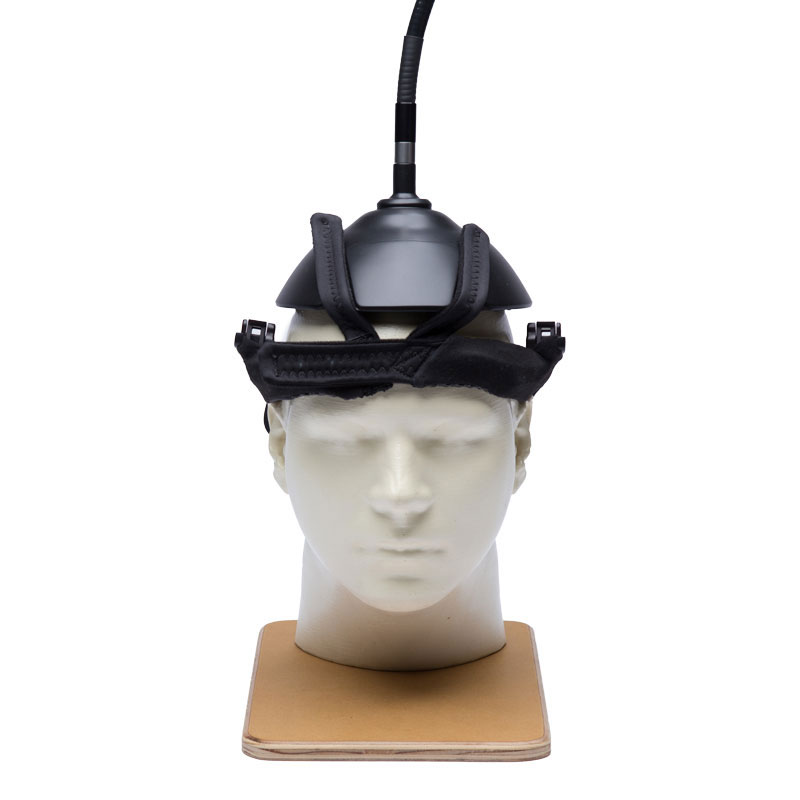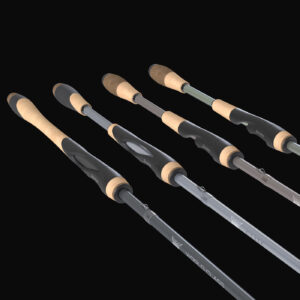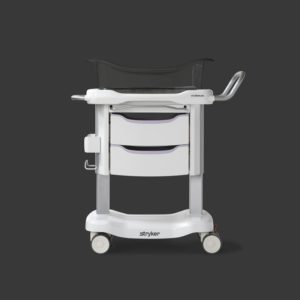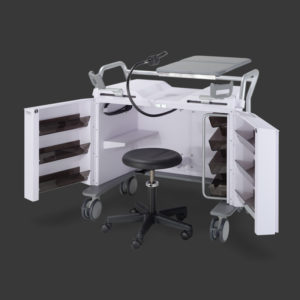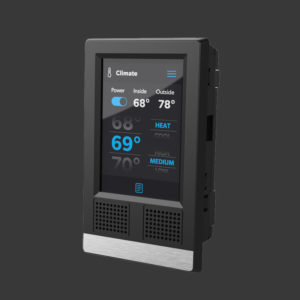MitoLUX
Research / Industrial Design
The team at Mitovation has identified a non-invasive therapeutic treatment in the prevention of brain injuries caused by hypoxia and ischemia reperfusion injury including cardiac arrest resucitation. The therapy utilizes a unique combination of infrared light therapy to directly modulate mitochondrial activity and prevent generation of free radicals.
In a pre-clinical small animal model of cardiac arrest and resuscitation, the non-invasive treatment resulted in an 83% reduction in brain injury. Since 2006, 16 grants totaling over $8.5M have been awarded to the Mitovation team and several patents have been issued (with others currently pending).
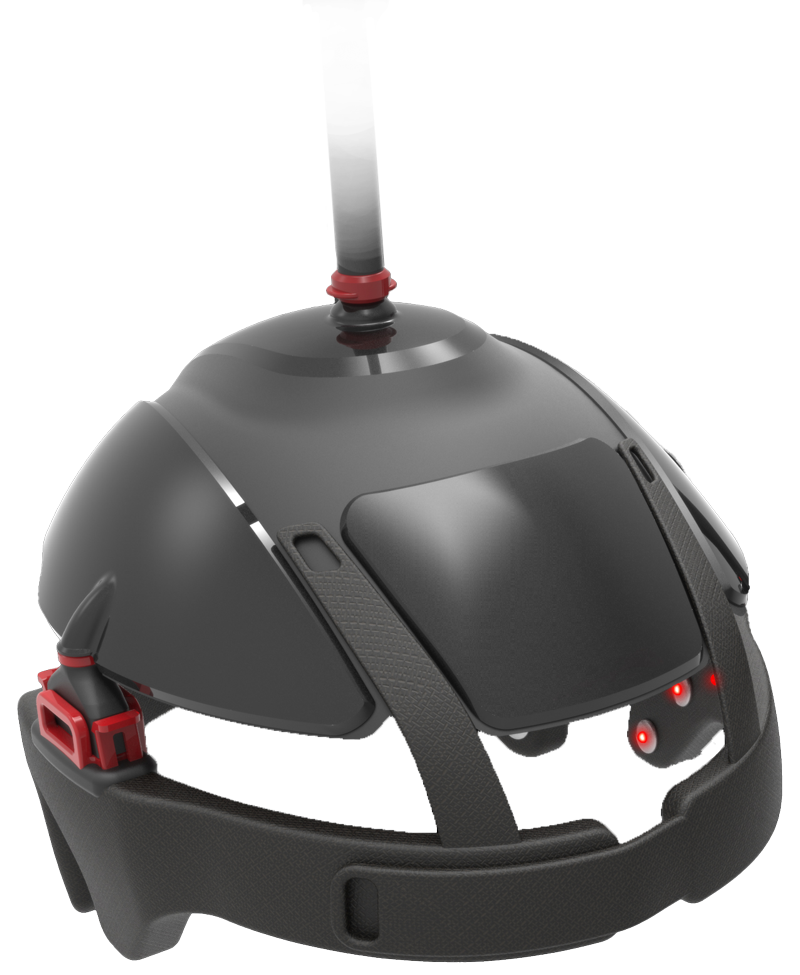
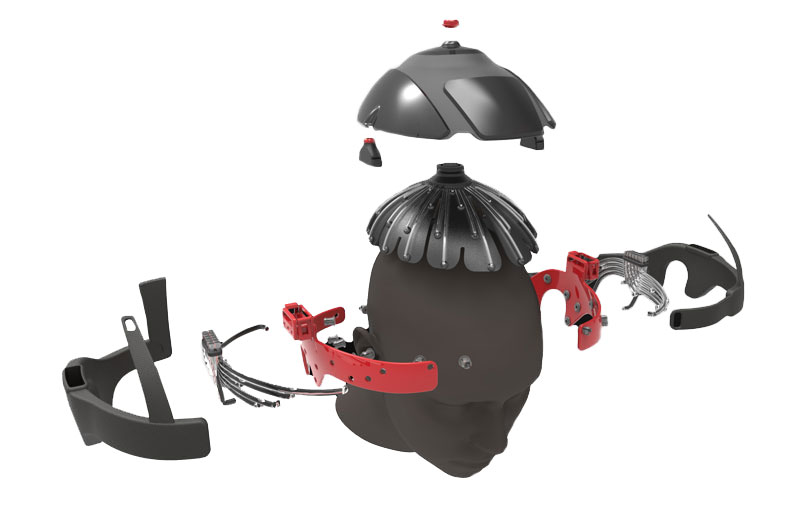
More than 80% of surviving cardiac arrest patients experience poor neurological outcomes including brain damage, loss of speech, paralysis, and even death. Their cost of care and difficult-to-administer treatments are significantly greater and are a large burden on the patient, caregiver, and healthcare system.
To date, we’ve supported user needs research and the advanced development required to deliver the technology to the patient in a healthcare or pre-hospital setting.
User needs and contextual research were conducted at leading emergent care hospitals in Michigan. Journey maps were created to illustrate the ideal workflow, prioritize needs, and help the development team understand the users and their environment.
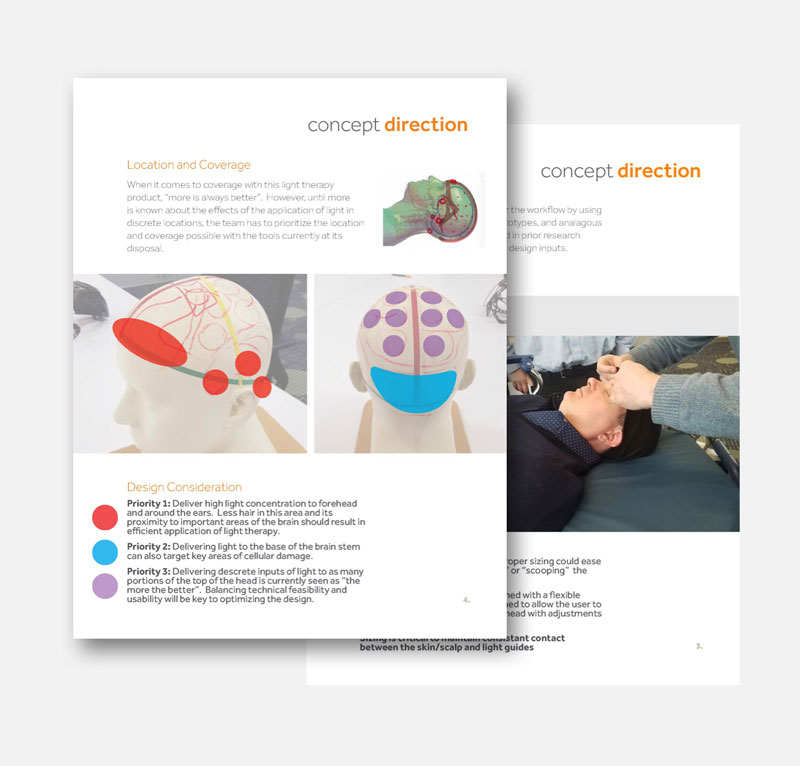
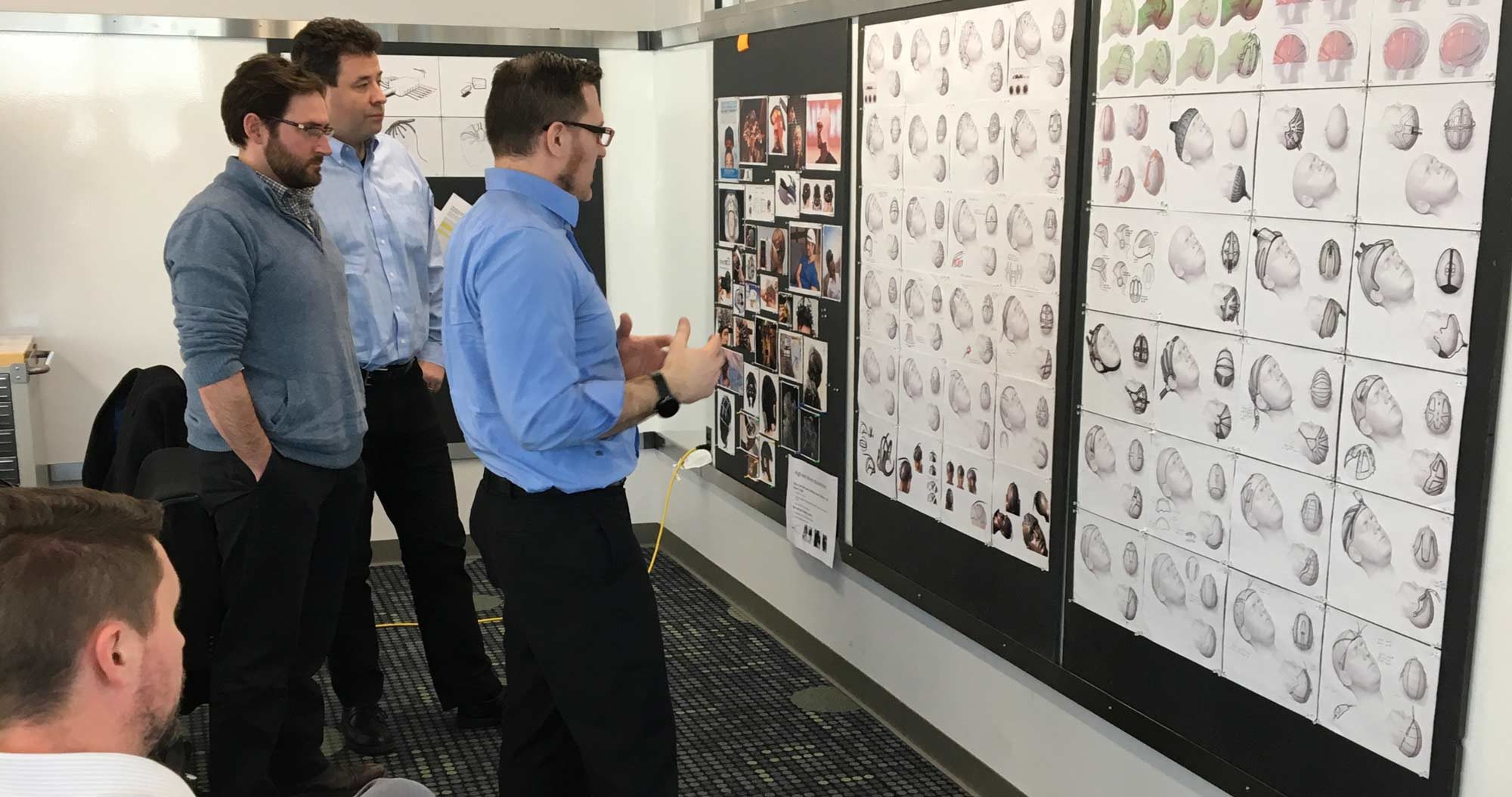
Concept ideation explored a wide range of ideas that addressed solutions to delivering light to the brain. Sketches were used to help narrow physical and mechanical solutions, as well as help pull out product requirements from the scientific team.
Technical requirements of delivering infrared light focused on the appropriate intensity and the right location of the patient’s head.
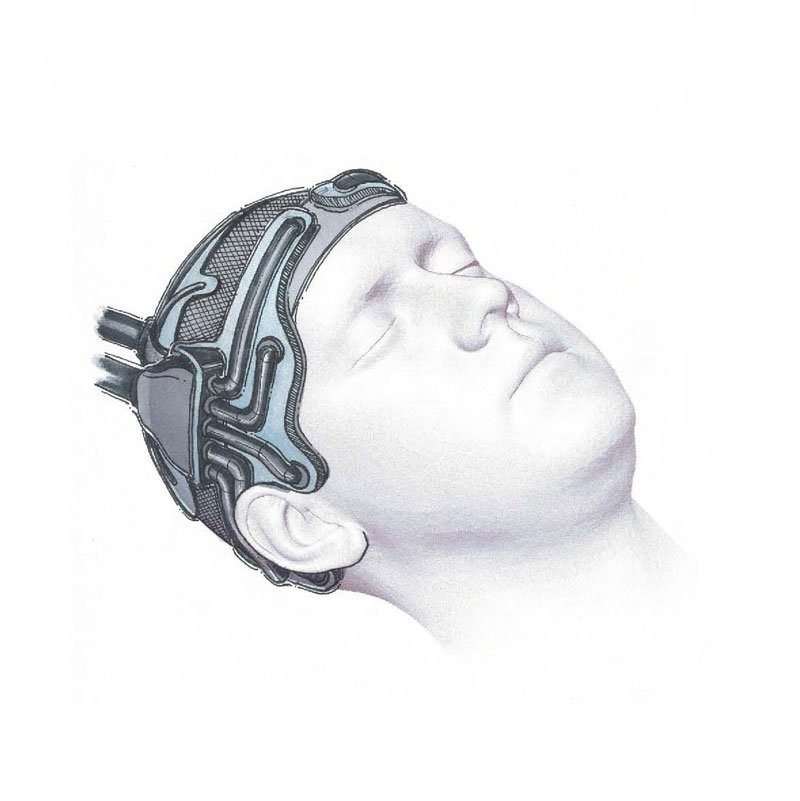
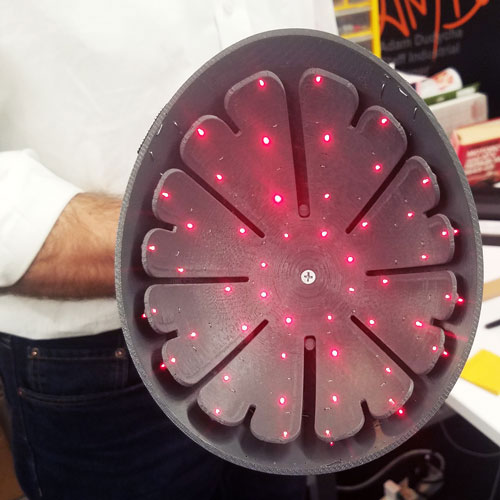
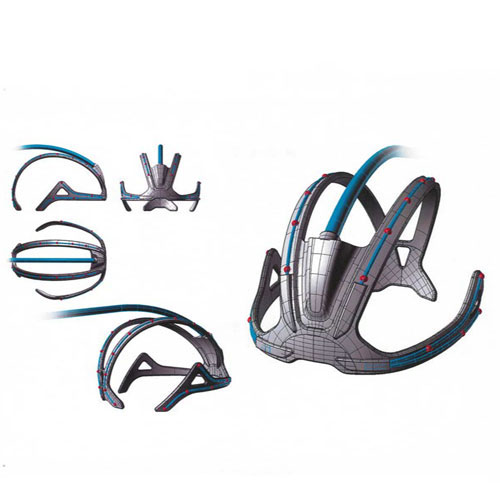
Works-like prototypes were used in the continuation of pre-clinical studies to investigate effectiveness, while photorealistic renderings were used to help tell the story of the technology and raise additional capital required for commercialization.
